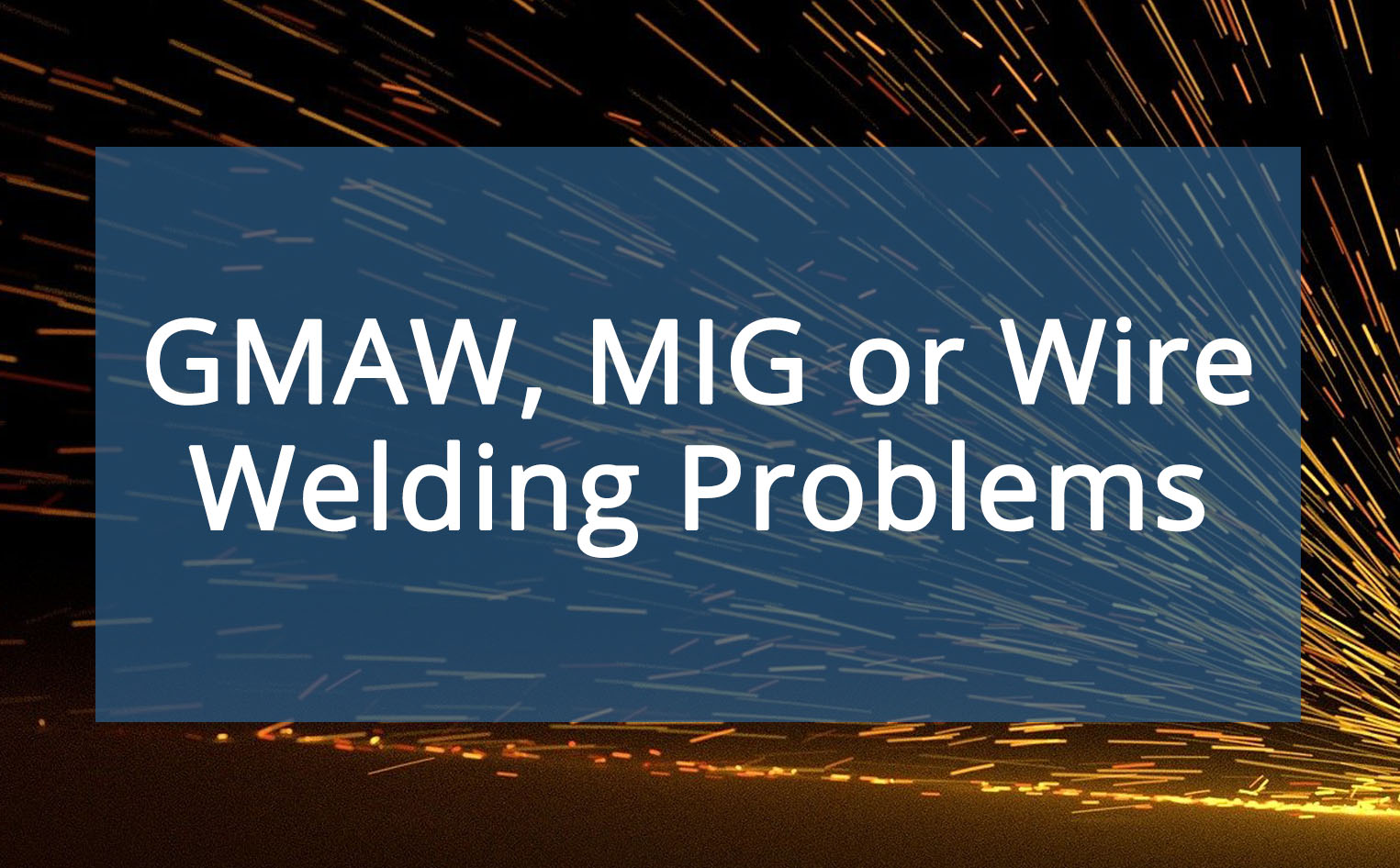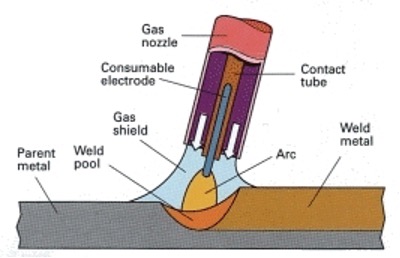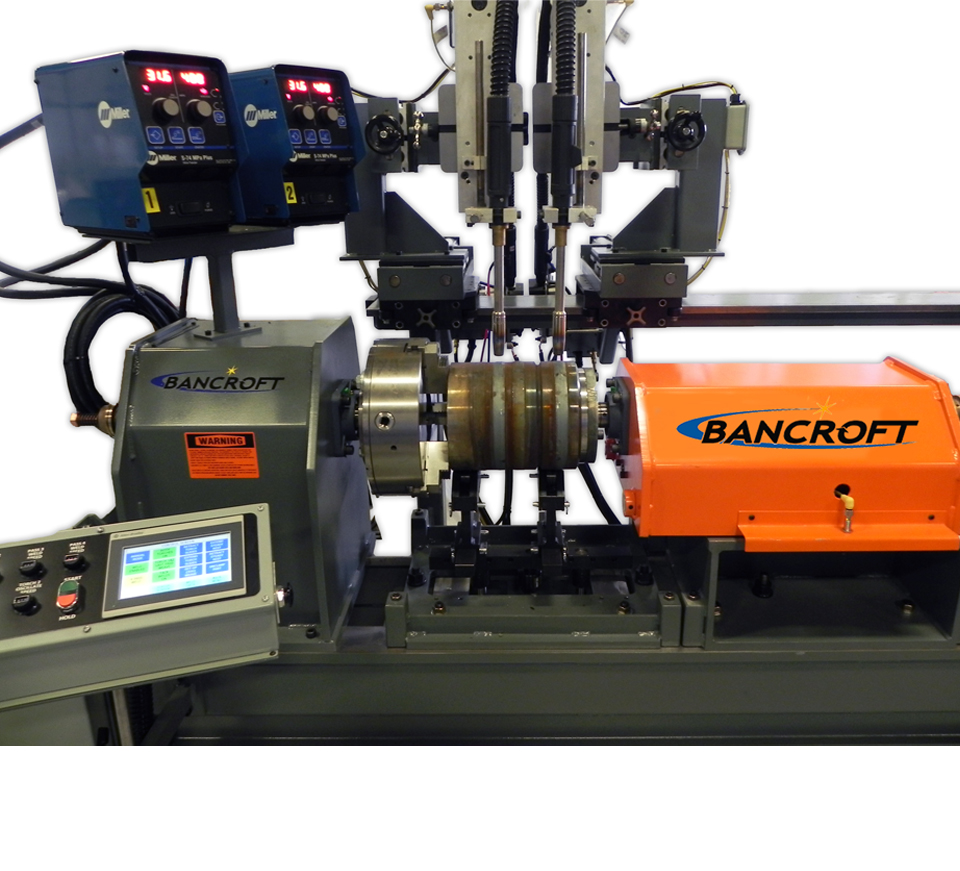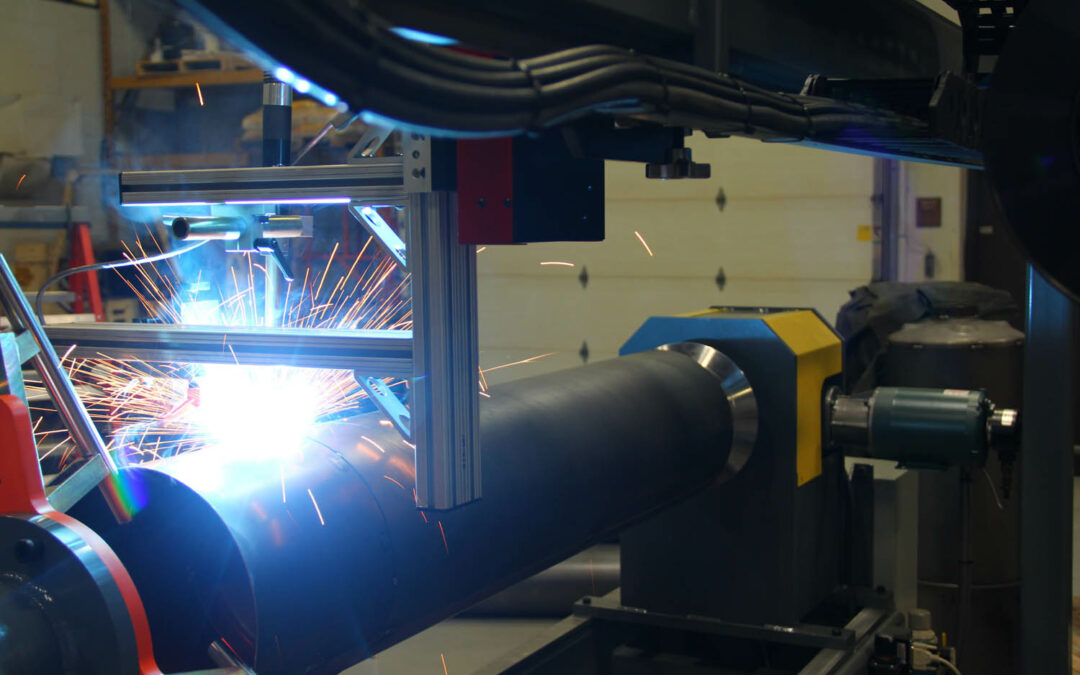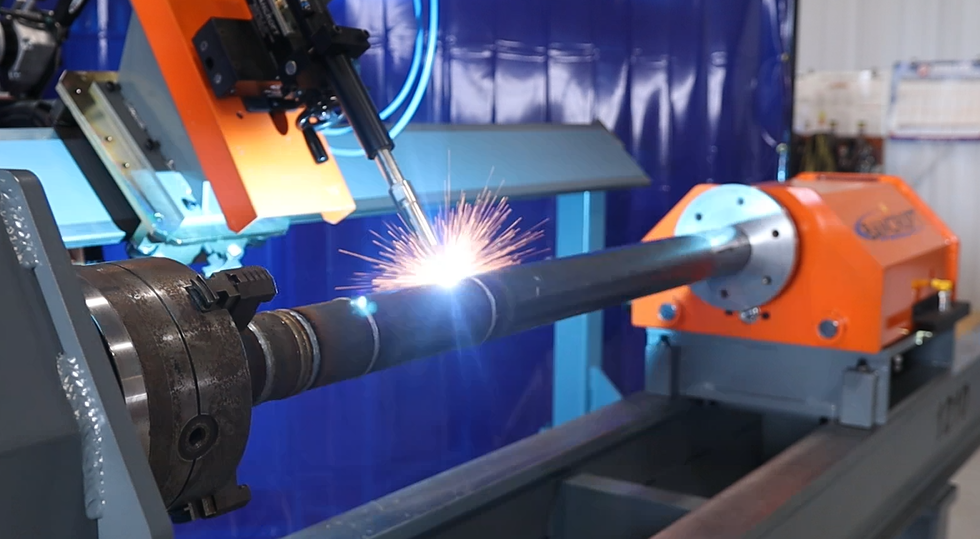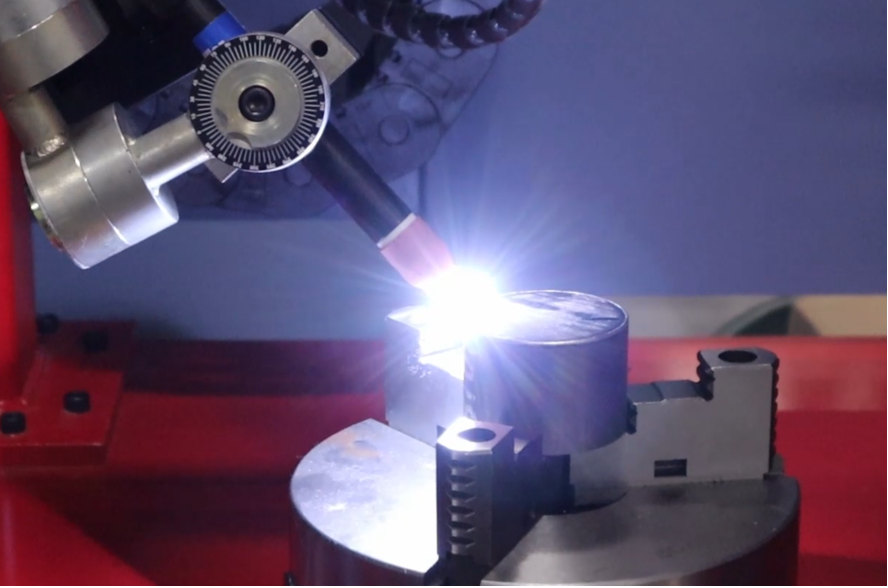Whether you have been welding for years or just getting started in your career, addressing and solving GMAW, MIG or wire welding defects can be extremely frustrating. The team at Bancroft Engineering is here to empower you to take your GMAW / MIG / wire welding operation to the next level. Read on to learn about common wire welding problems and tips for achieving high-quality welds.
Basics of GMAW Welding
GMAW welding, commonly known as MIG welding or wire welding, utilizes a semi-automated welding system. The process uses a solid wire—or flux core wire vs a long “stick” electrode. During this process, an electric arc forms between the wire electrode and the metal—the emerging heat causes the metal to join and melt.
Common Wire Welding Defects
While many weld defects are usually easily spotted, some won’t show up until your part goes through the quality assurance process. It’s also worth noting that just because a weld doesn’t look “good” to the eye, doesn’t mean it’s bad! The following are the most common MIG welding problems:
- Pinholes
- Porosity issues
- Too much weld deposit
- Improper weld penetration
- Lake of fusion
- Cracking
- Spatter
- Lack of uniformity
- Discoloration
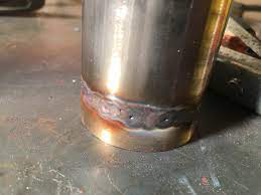
Example of Pinholes
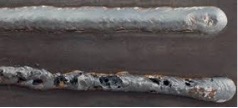
Example of Porosity Issue
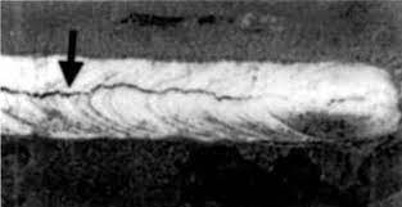
Example of Cracked Weld
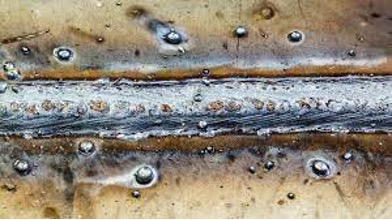
Example of Welding Spatter
Check out our article dedicated to enhancing welding quality with more tips here.
Conditions Creating Poor MIG Welds?
Some of the most likely reasons your MIG process is resulting in poor quality welds is one or a combination of the following:
- Impurities or improper cleaning
- Skipping pre- or post-heat processes
- Using the wrong filler metal
- Using the wrong shielding gas
- Running the wire at the wrong speed
- Using too little (or too much) voltage
- Skipping joint preparation steps
- Improper welding techniques/setup
Other things to check are part fit up or damaged equipment (cables, clamps, etc.).
Tackling Quality Assurance / Quality Control
QA/QC plays a critical role in ensuring reliable welds are produced with minimal rework. The best way to catch defects is to incorporate quality testing throughout the welding process to confirm your weld meets the needed specifications. This will ensure that issues are caught early on, allowing for adjustments to be made and preventing further defective output.
Choosing the Right Equipment
Utilizing the right equipment will make or break your welding output! A high-quality welding equipment builder will help recommend parameters for your welding needs. They can also walk you through the proper wire feed speed, amperage, voltage and compatible shielding gas. The experienced team of semi-automated MIG welding system builders at Bancroft Engineering can help you get the proper welding equipment in place and running smoothly.
Automated MIG Welding System Builders
Like any skill, mastering MIG welding takes time and practice to gain the best results. We hope some of these simple tips will help you improve your process and achieve great results. Get in touch with our welding engineers today to learn how our automated and semi-automated equipment can help your business.
